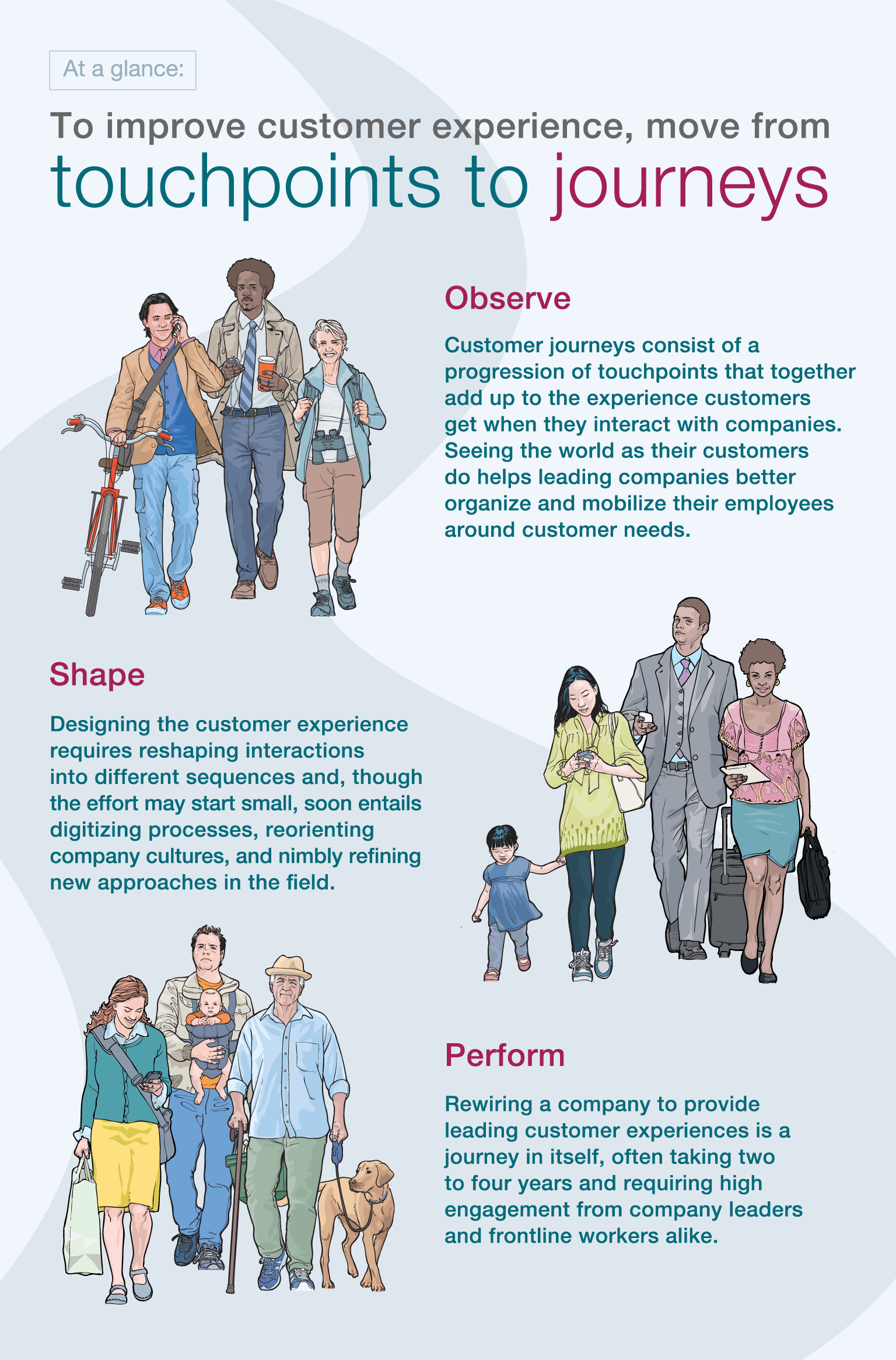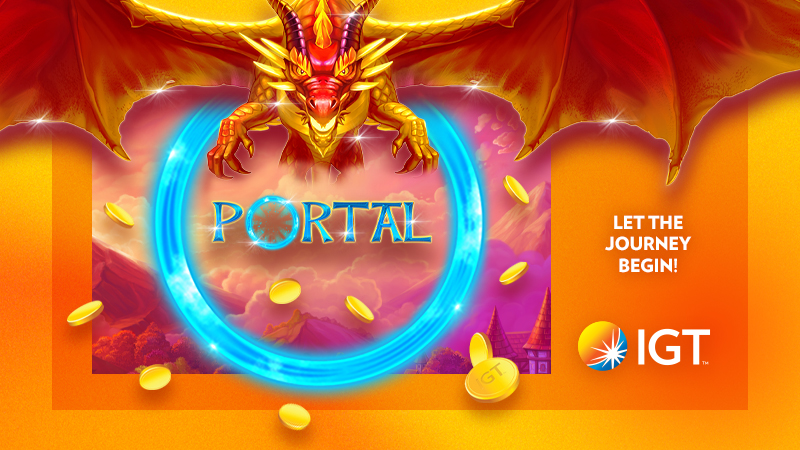COMPANIES THAT CREATE EXCEPTIONAL CUSTOMER EXPERIENCES CAN SET THEMSELVES APART FROM THEIR COMPETITORS.
What do my customers want?
The savviest executives are asking this question more frequently than ever, and rightly so. Leading companies understand that they are in the customer-experience business, and they understand that how an organization delivers for customers is beginning to be as important as what it delivers.
This CEO guide taps the expertise of McKinsey and other experts to explore the fundamentals of customer interaction, as well as the steps necessary to redesign the business in a more customer-centric fashion and to organise it for optimal business outcomes. For a quick look at how to improve the customer experience, see the summary infographic.

Armed with advanced analytics, customer-experience leaders gain rapid insights to build customer loyalty, make employees happier, achieve revenue gains of 5 to 10 percent, and reduce costs by 15 to 25 percent within two or three years. But it takes patience and guts to train an organisation to see the world through the customer’s eyes and to redesign functions to create value in a customer-centric way. The management task begins with considering the customer—not the organisation—at the centre of the exercise.
Observe: Understand the interaction through the customer’s eyes
Technology has handed customers unprecedented power to dictate the rules in purchasing goods and services. Three-quarters of them, research finds, expect “now” service within five minutes of making contact online. A similar share want a simple experience, use comparison apps when they shop, and put as much trust in online reviews as in personal recommendations. Increasingly, customers expect from all players the same kind of immediacy, personalisation, and convenience that they receive from leading practitioners such as Google and Amazon.
Central to connecting better with customers is putting in place several building blocks of a comprehensive improvement in customer experience.
Shape: Redesign the business from the customer back
Customer-experience leaders start with a differentiating purpose and focus on improving the most important customer journey first—whether it be opening a bank account, returning a pair of shoes, installing cable television, or even updating address and account information. Then they improve the steps that make up that journey. To manage expectations, they design supporting processes with customer psychology in mind. They transform their digital profile to remove pain points in interactions, and to set in motion the culture of continuous innovation needed to make more fundamental organisational transformations.
Perform: Align the organisation to deliver against tangible outcomes
As the customer experience becomes a bigger focus of corporate strategy, more and more executives will face the decision to commit their organisations to a broad customer-experience transformation. The immediate challenge will be how to structure the organization and rollout, as well as figuring out where and how to get started. Applying sophisticated measurement to what your customers are saying, empowering frontline employees to deliver against your customer vision, and a customer-centric governance structure form the foundation. Securing early economic wins will deliver value and momentum for continuous innovation.













